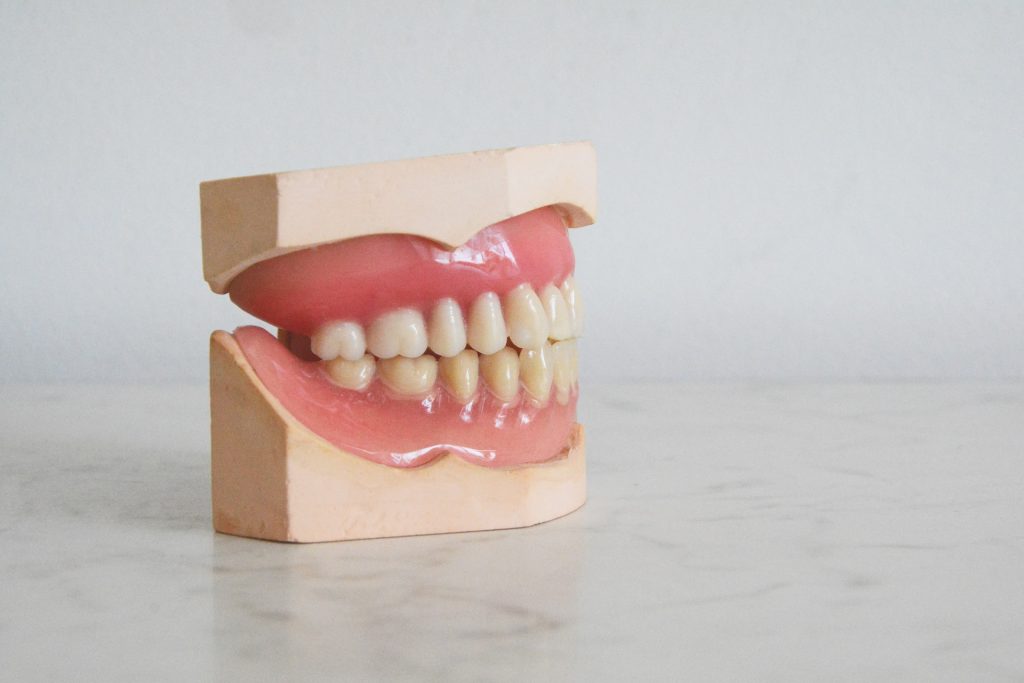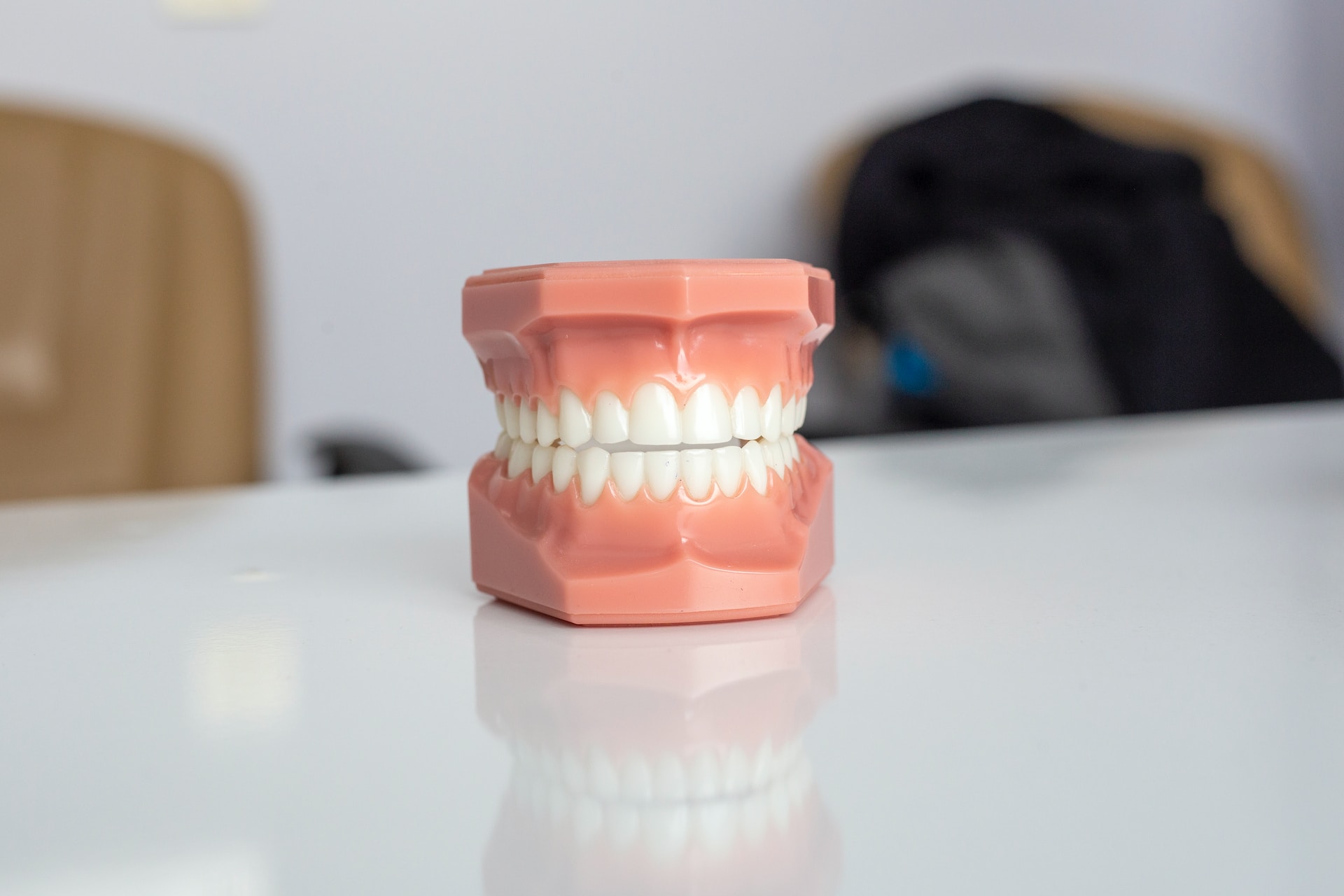A bright smile can make a big difference, teeth whitening has become a popular choice for many. It’s not just about looking good; it’s about feeling confident. This guide is packed with essential information to help you understand teeth whitening better. From how it works to the best practices for maintaining your results of teeth whitening, we cover everything you need to know. Whether you’re considering professional treatment or a home kit, this article will help you make an informed decision.
Must-Know Theeth Whitening Facts

1. Growing Popularity of Teeth Whitening
Teeth whitening has become increasingly popular, evolving into one of the most demanded cosmetic dental services. A report by the American Academy of Cosmetic Dentistry highlights it as the most requested cosmetic dental procedure. This rising trend underscores a societal shift where aesthetic appeal, particularly a bright smile, is highly valued.
The demand for teeth whitening has spurred significant advancements in the field, making these services more accessible and varied than ever before. Innovations in techniques and products have expanded options, catering to different needs and preferences. This growth reflects not just a desire for aesthetic improvement but also a broader awareness of dental health and its impact on overall well-being.
Teeth Whitening Process
The teeth whitening process is a blend of science and cosmetic artistry, primarily involving the application of bleaching agents like hydrogen peroxide or carbamide peroxide. These substances work by penetrating the porous enamel of teeth and oxidizing the pigment bonds within the dentin, effectively breaking down stains and discoloration.
The process can vary in duration and intensity, depending on the concentration of the bleaching agent and the method of application. Clinical studies affirm the safety and effectiveness of these agents, provided they are used as directed. This scientific approach to cosmetic dentistry has revolutionized the way we perceive and achieve dental aesthetics, making brighter smiles more accessible.
3. Professional Teeth Whitening vs. At-Home Teeth Whitening
The choice between professional and at-home teeth whitening hinges on several factors, including desired results, time commitment, and budget.
Professional whitening performed in a dental office typically uses higher concentrations of bleaching agents, providing immediate and noticeable results. This method often involves additional technologies, such as UV light, to enhance and speed up the whitening process.
At-home whitening kits, while more budget-friendly and convenient, usually contain lower concentrations of whitening agents. This means they require a longer duration of consistent use to achieve similar results. The choice between professional and at-home treatments often depends on individual needs, with some preferring the quick and pronounced effects of professional treatments and others opting for the gradual and controlled process of at-home kits.
4. Suitability and Limitations of Teeth Whitening
Teeth whitening is not a universal solution suitable for everyone. Its appropriateness varies based on individual dental health and circumstances. For instance, it is typically not recommended for children under the age of 16 due to the ongoing development of their teeth. Pregnant women are also advised to avoid this procedure as a precautionary measure.
Individuals with sensitive teeth, gum diseases, or allergies to peroxide-based products should exercise caution, as these conditions can be exacerbated by whitening treatments. Additionally, it’s important to note that teeth whitening does not affect dental restorations such as crowns, veneers, or fillings. These restorations will remain their original color, potentially leading to color inconsistencies in your smile. Therefore, a thorough consultation with a dental professional is crucial to evaluate suitability for teeth whitening.
5. Potential Side Effects of Teeth Whitening
While teeth whitening is generally safe, there are potential side effects that individuals should be aware of. The most common side effects include tooth sensitivity and gum irritation. These symptoms are usually temporary and tend to subside a few days after the treatment. The American Dental Association notes that these side effects are typically mild and can be effectively managed with proper dental care and following the guidance of a dental professional.
It’s essential to follow the product instructions carefully and report any prolonged or severe symptoms to a dentist. Additionally, opting for treatments with lower concentrations of bleaching agents and shorter application times can help minimize these side effects.
6. Impact of Lifestyle Choices on Teeth Whitening
Lifestyle choices play a pivotal role in the effectiveness and longevity of teeth whitening results. Consuming staining substances such as coffee, tea, red wine, and tobacco can significantly reduce the duration of the whitening effects. These substances contain pigments that can adhere to the tooth enamel, leading to discoloration over time. To prolong the effects of teeth whitening, it’s advisable to limit the intake of such substances or practice good oral hygiene immediately after their consumption.
Regular dental hygiene practices, including brushing, flossing, and using mouthwash, are essential in maintaining the whiteness of teeth. Additionally, periodic touch-ups and follow-up treatments can help sustain the desired level of tooth brightness. Adopting these practices can significantly extend the impact of teeth whitening treatments.
7. Myths and Misunderstandings About Teeth Whitening
Teeth whitening is often shrouded in myths and misunderstandings, one of the most common being the belief that it damages tooth enamel. Research and clinical studies have effectively debunked this myth, demonstrating that teeth whitening, when performed correctly and under professional guidance, is safe for most individuals.
It’s crucial to differentiate between professional whitening treatments and misuse or overuse of over-the-counter products, which can lead to enamel damage.
Another common misconception is that teeth whitening works on all types of teeth discoloration; however, it is most effective on yellowish stains and might not work as well on brownish or grayish hues. Clearing these misconceptions is vital for anyone considering teeth whitening, ensuring they embark on the process with accurate information and realistic expectations.
8. Maintenance is Crucial for Lasting Teeth Whitening Results
The longevity of teeth whitening results is significantly influenced by maintenance and lifestyle habits. Effective maintenance includes regular oral hygiene practices like brushing twice a day, flossing, and using mouthwash to remove plaque and prevent staining. Limiting the intake of staining substances such as coffee, tea, red wine, and tobacco is crucial.
For individuals who consume these products regularly, it’s advisable to clean their teeth soon after to minimize staining. Occasional touch-up treatments, either at home or professionally, can also help in maintaining the whiteness for longer periods. Adherence to these maintenance routines ensures that the benefits of teeth whitening are not short-lived.
9. Technological Advancements in Teeth Whitening
The realm of teeth whitening is ever-evolving, with continuous advancements in technology enhancing the effectiveness and comfort of treatments. One significant development is the use of LED light technology, which, when used in conjunction with whitening agents, can accelerate the process, leading to quicker results.
There’s a growing trend towards the use of non-peroxide-based whitening agents, appealing to those with sensitivity issues or allergies to traditional bleaching chemicals. These innovations not only improve the efficacy of treatments but also aim to reduce potential discomfort and side effects, making teeth whitening more accessible and appealing to a wider audience.
10. A Holistic Approach to Oral Health and Teeth Whitening
While teeth whitening offers aesthetic benefits, it should be viewed as part of a comprehensive approach to oral health. Good oral hygiene, including regular brushing and flossing, is foundational in maintaining both the health and appearance of teeth.
Regular dental check-ups play a crucial role in monitoring and maintaining oral health, allowing for timely intervention if issues arise. Additionally, a balanced diet, rich in nutrients essential for dental health, can contribute to the overall well-being of teeth and gums. This holistic approach emphasizes that a beautiful smile is not just about whiteness but also about the health and integrity of one’s teeth and gums.
Conclusion
As we conclude our guide, it’s clear that teeth whitening can be a great way to boost your smile and confidence. However, it’s important to approach it wisely. Remember, the key to a great smile is not just whiteness, but overall dental health. By understanding the process, potential effects, and maintenance, you can enjoy the benefits of teeth whitening safely and effectively. With the right care and knowledge, a brighter smile can be within everyone’s reach.
































































